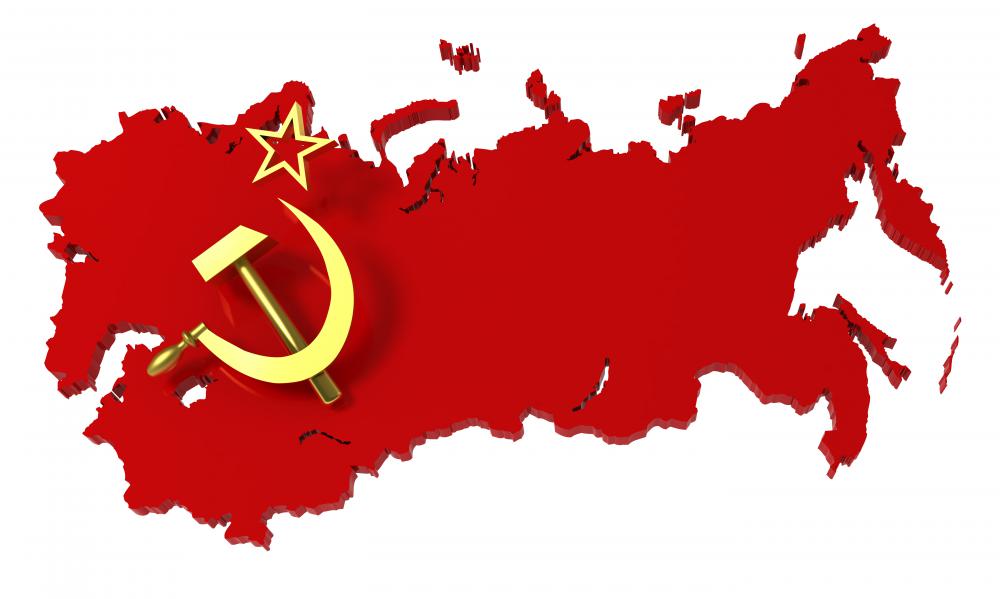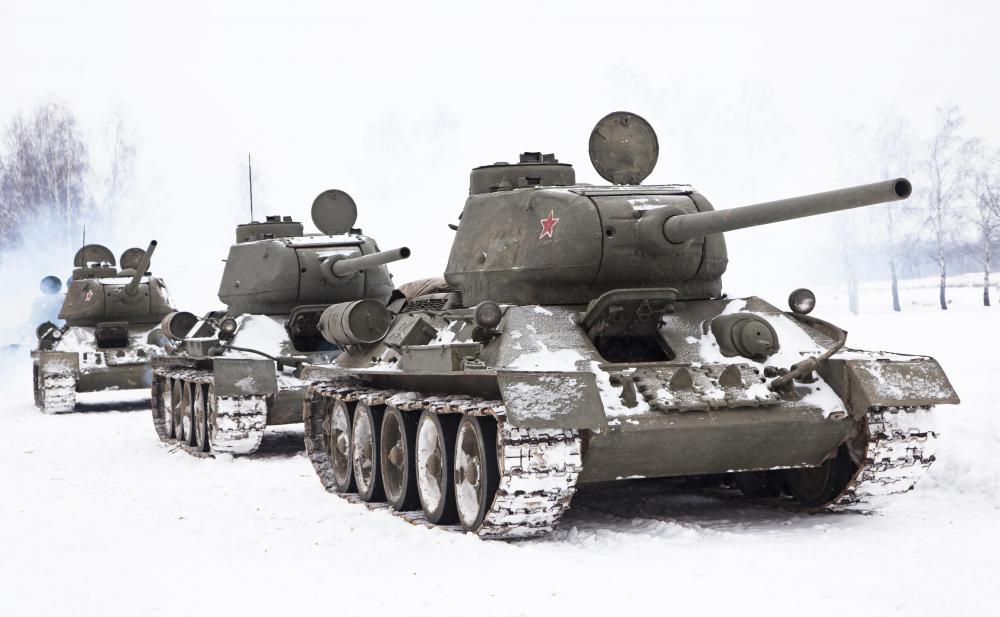At WiseGEEK, we're committed to delivering accurate, trustworthy information. Our expert-authored content is rigorously fact-checked and sourced from credible authorities. Discover how we uphold the highest standards in providing you with reliable knowledge.
What Should I Know About Lithuania?
Lithuania is a mid-sized country in Northern Europe. It covers 25,200 square miles (65,200 sq. km), making it roughly larger than West Virginia. It shares borders with Belarus, Latvia, Poland, and the Russian exclave of Kaliningrad, and has coastline along the Baltic Sea.
People first came to the area some 12,000 years ago, living a nomadic lifestyle. The first settlements sprang up some 8,000 years ago, and agriculture made its appearance 5,000 years ago. Sometime around 4,000 years ago the Baltic tribes arrived in the region, and one group, the Liths, settled the area extensively. These tribes were sometimes independent, and sometimes under the rule of others, such as the Romans, but lived without any sort of central state for the first few millennia.

In the early 13th century, in response to invasions by German Christian groups, the tribes in the area united to drive them out. They formed the Kingdom of Lithuania, quickly expanding outwards into Mongol-controlled Russia, as well as segments of Poland, Ukraine, and Belarus. By the late 14th century this Grand Duchy of Lithuania was the largest kingdom in Europe. Lithuania and Poland then formed a very close relationship at the end of the 14th century, first joining in a personal union, then separating but remaining extremely close allies. Near the end of the 16th century they would again merge, forming the Polish-Lithuanian Commonwealth.

At the end of the 18th century the Commonwealth was dissolved, and Lithuania was effectively split between Russia and Prussia, ceasing to exist as a formal nation. Through the 19th century there were numerous revolts and overtures to regain some bit of autonomy from Russia, but these were for the most part unsuccessful. A nationalist movement grew, and when Imperial Russia collapsed after World War I, Lithuania declared independence.
The newly-independent country had a lot to deal with, facing onslaught from Bolsheiviks and other Russian factions, as well as Poland. The country held democratic elections in 1922, and was run liberally until a coup in 1926 installed a right-leaning authoritarian regime.
In 1940, World War II, Lithuania was annexed by the Soviet Union. The next year, seeing the Soviets weakening against the German onslaught, it declared independence. Later that year the Germans occupied the country, and the government was dissolved. In 1945 the Soviets reclaimed the country, and after the war they claimed it as a Soviet Republic.
Beginning in 1988, a pro-democracy movement began in the country, and in 1990 it declared independence, being the first of the Soviet Republics to do so. The Soviet Union did not immediately recognize the independence, cracking down on the new government, but by 1991 they formally recognized it.
Lithuania began liberalizing its economy and privatizing all businesses and land soon after independence. The nation has also pushed strong democratic values, and has been praised by many observers for its open and free elections.
The capital city of Vilnius is one of the major tourist attractions in the country, offering a historic section that is the largest in Eastern Europe. Museums can be found throughout the country, offering fascinating insight into the nation’s checkered history. The countryside itself also should not be overlooked, with many small villages that offer a glimpse into a more traditional way of living. And the Hill of Crosses is a site well worth visiting, with hundreds of crosses planted in remembrance of the dead for centuries.
Flights arrive regularly in Vilnius from most European cities, and Americans can reach the country through one of these hubs. Trains connect the country to Russia and parts of Eastern Europe, and buses connect the country to much of Western Europe. Ferries connect it with Poland, Germany, Denmark, and Poland.
AS FEATURED ON:
AS FEATURED ON:












Discuss this Article
Post your comments